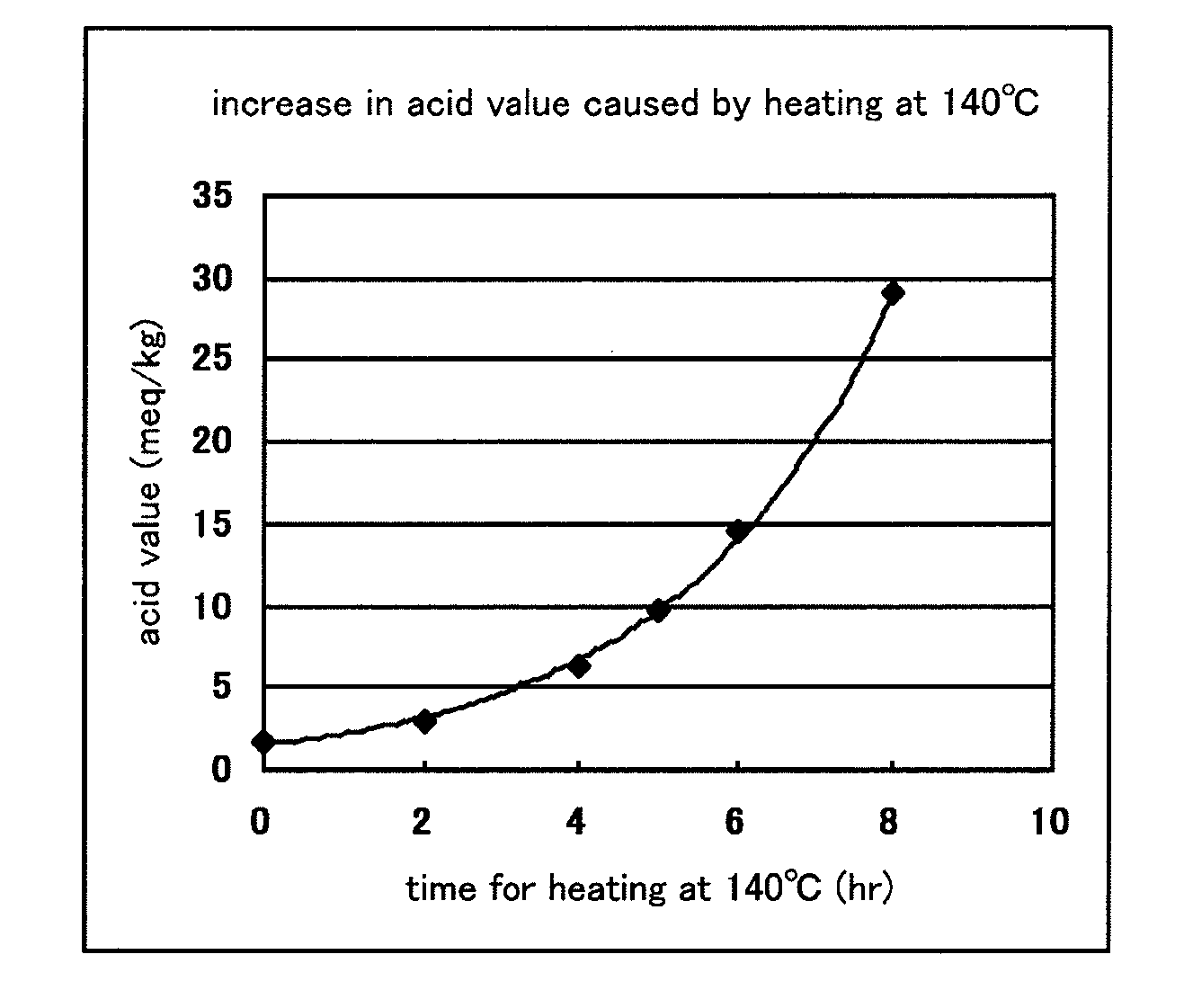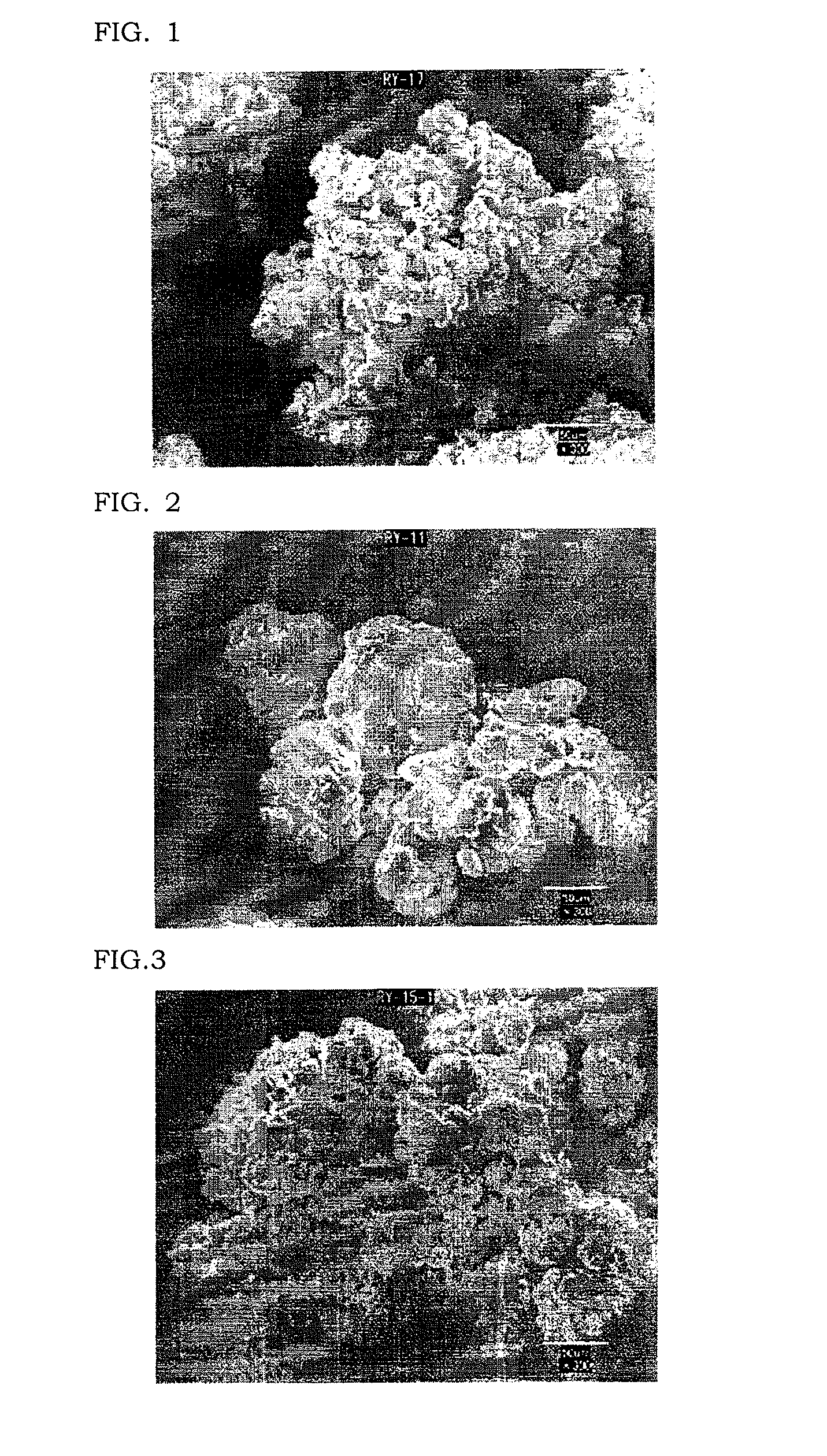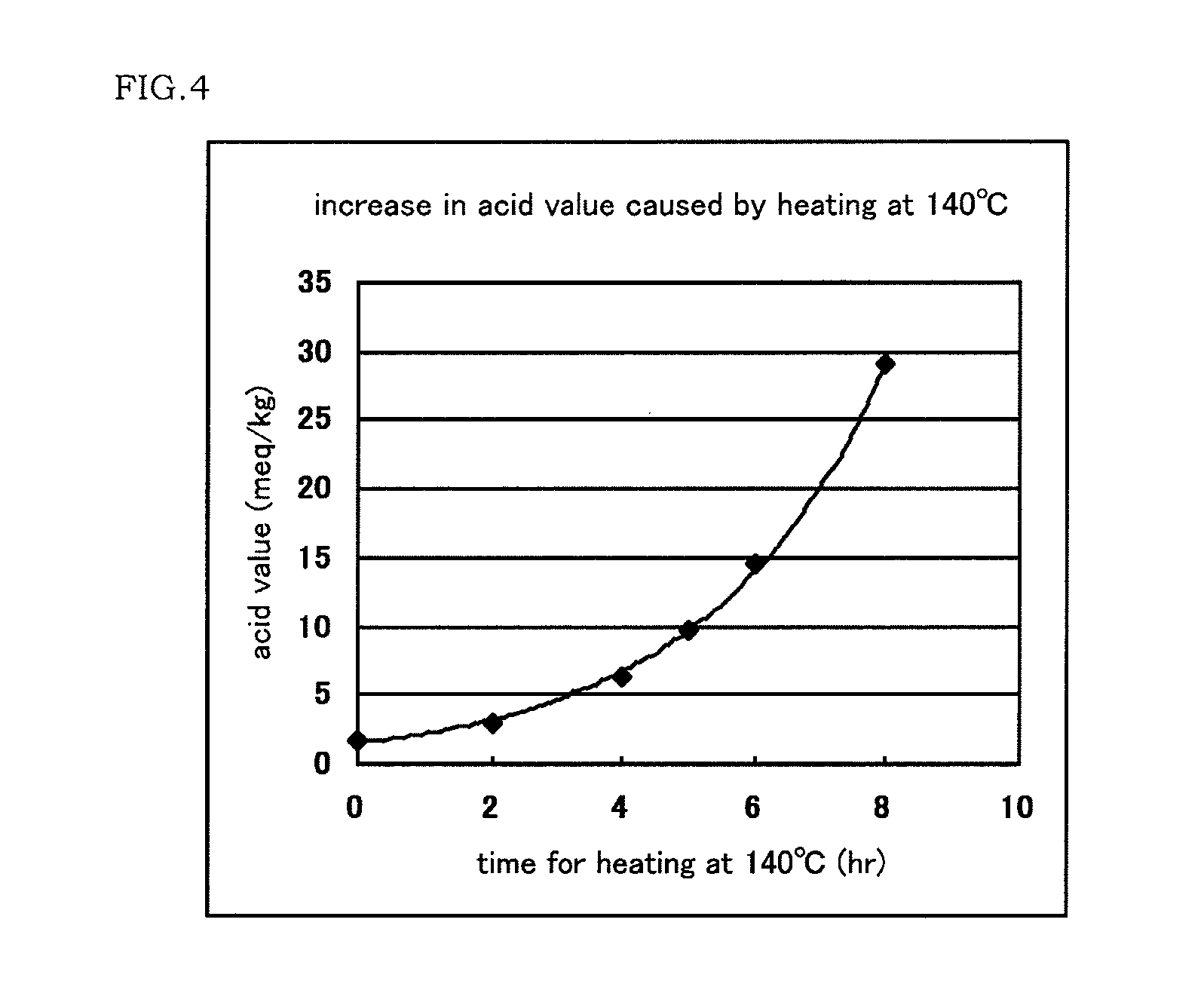Polyvinyl acetal film and uses thereof
a technology of polyvinyl acetal and acetal film, applied in colloidal chemistry, pv power plants, chemistry apparatus and processes, etc., can solve the problems of contaminating laminators and glass surfaces, difficult control of curing, and corrosion of metal components, and achieve excellent appearance, excellent productivity, and low yellowness.
- Summary
- Abstract
- Description
- Claims
- Application Information
AI Technical Summary
Benefits of technology
Problems solved by technology
Method used
Image
Examples
preparation example 1
[0112]A 2 m3 reactor equipped with a stirrer was charged with 1700 kg of a 7.5% by mass aqueous solution of PVA (PVA-1: polymerization degree 1700, saponification degree 99% by mole), 74.6 kg of n-butyl aldehyde and 0.13 kg of 2,6-di-t-butyl-4-methylphenol, and the whole reactor was cooled to 14° C. 160.1 L of hydrochloric acid at a concentration of 20% by mass was added thereto to initialize butyralization of PVA. Heating was started 10 minutes after completion of the addition, and the temperature was raised to 65° C. over 90 minutes, and the reaction was continued for another 120 minutes. Then the reactor was cooled to room temperature and the precipitated resin was filtered and washed with 10 times its volume of ion exchange water for 10 times. Subsequently, the resultant was sufficiently neutralized using a 0.3% by mass aqueous sodium hydroxide solution, washed with 10 times the resin's volume of ion exchange water for 10 times, dehydrated and dried to give a PVB resin (PVB-1). ...
preparation example 2
[0113]A PVB resin (PVB-2) was prepared in the same manner as in Preparation Example 1 except for using a 0.5% by mass aqueous sodium hydroxide solution for neutralization. The results of analysis of the resulting PVB resin are shown in Table 1.
preparation example 3
[0114]A 2 m3 reactor equipped with a stirrer was charged with 1700 kg of a 9.0% by mass aqueous solution of PVA-1 and 120.1 L of hydrochloric acid at a concentration of 20%, and the whole reactor was cooled to 14° C. 89.5 kg of n-butyl aldehyde and 0.13 kg of 2,6-di-t-butyl-4-methylphenol were added thereto to initialize butyralization of PVA. Heating was started 10 minutes after completion of the addition, and the temperature was raised to 65° C. over 90 minutes, and the reaction was continued for another 120 minutes. Then the reactor was cooled to room temperature and the precipitated resin was filtered and washed with 10 times its volume of ion exchange water for 10 times. Subsequently, the resultant was sufficiently neutralized using a 0.3% by mass aqueous sodium hydroxide solution, washed with 10 times the resin's volume of ion exchange water for 10 times, dehydrated and dried to give a PVB resin (PVA-3). As FIG. 2 shows, the observation by SEM shows that primary particles were...
PUM
| Property | Measurement | Unit |
|---|---|---|
| Temperature | aaaaa | aaaaa |
| Temperature | aaaaa | aaaaa |
| Fraction | aaaaa | aaaaa |
Abstract
Description
Claims
Application Information
 Login to View More
Login to View More - R&D
- Intellectual Property
- Life Sciences
- Materials
- Tech Scout
- Unparalleled Data Quality
- Higher Quality Content
- 60% Fewer Hallucinations
Browse by: Latest US Patents, China's latest patents, Technical Efficacy Thesaurus, Application Domain, Technology Topic, Popular Technical Reports.
© 2025 PatSnap. All rights reserved.Legal|Privacy policy|Modern Slavery Act Transparency Statement|Sitemap|About US| Contact US: help@patsnap.com



